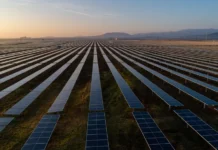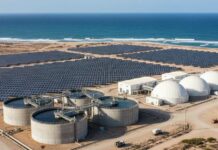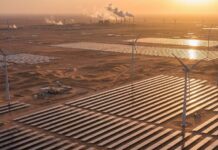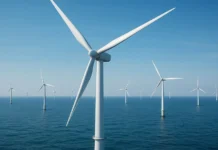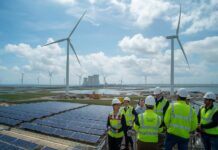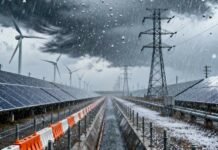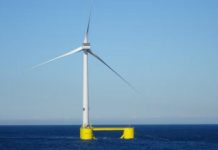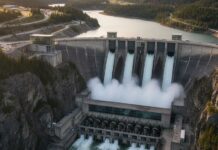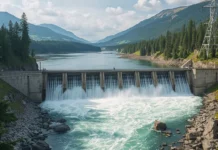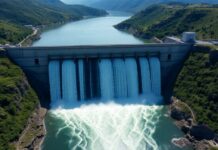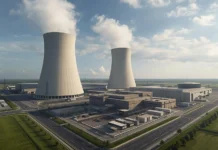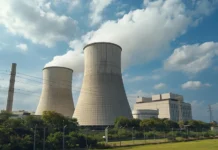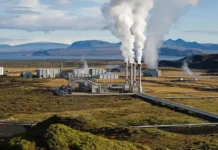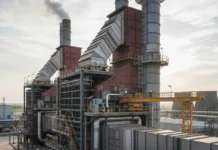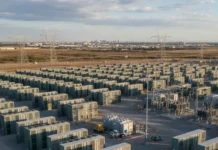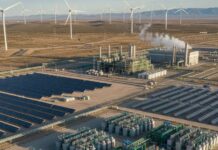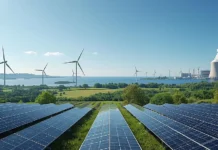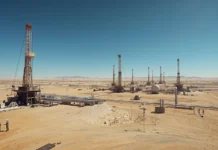It is not every day that we see a city file a lawsuit against one of the major electricity utility companies. Well, that’s exactly what took place in North Carolina in the US, where local officials went on to take Duke Energy to court with regard to climate-related damages.
On the other hand, thousands of miles away in California, residents who were struggling from the massive wildfire argued that the climate changes are indeed bloating up both the intensity and the frequency of these disasters.
Apparently, electric companies happen to be at the center of these headline-worthy events, whose operations at one point were applauded for spurring modern lives and are now being scrutinized for contributing towards global greenhouse gas emissions. Due to the public pressure mounting and, of course, the new legal precedents that are on the horizon, power as well as energy leaders are indeed left with a question – is my company the next in line?
The accusations
It does not come as a surprise that utilities happen to be on the hot seat. Electricity generation comprises a substantial portion when it comes to greenhouse gas emissions, especially in countries that are dependent on coal as well as gas-fired power plants. Although the oil industry has been perceived as one of the heavyweight champions when it comes to carbon emissions, the electric sector is not too far behind. Fossil fuel-based power plants happen to produce carbon dioxide as well as other pollutants, which warm the planet. Blend this with public perception, and electricity, something that we depend on 24 x 7 right from charging our smartphones to electrifying entire cities, is for sure getting a lot of gaze.
Interestingly, all this can easily translate into legal action when climate impact begins to strain municipal budgets.
If the cities across the coastal areas go on to face rising sea levels, someone has to pay when it comes to seawalls and flood defences along with other counteractive measures. In the case of Duke Energy in North Carolina, there might be a precedent that could be set, which opens the doors to additional lawsuits, specifically if courts begin to hold utility companies partially liable for these adaptation expenditures.
What are the challenges of the renewable energy shift?
It is well to be noted that, although renewables happen to be promising, they do come with hurdles that make the transition even more complicated than just simply swapping a light bulb. Dependability remains a very pressing concern – solar as well as wind farms can go ahead and produce power only when there is sunshine or wind. Without any strong storage solutions like advanced batteries or pumped hydro, these utilities face the risk of an intermittent supply, which could as well lead to blackouts. This is indeed a real deal breaker when it comes to consumers who are accustomed to just flipping a switch and getting the instant electricity they desire.
There is no shred of doubt that storage is indeed improving, but not at the pace that is needed so as to replace the baseload of coal as well as gas plants in a complete way. And then there is a question of cost as well. Wind turbines along with solar panels have already become more affordable; however, building renewable infrastructure happens to demand massive amounts of upfront investment in technology, its maintenance, as well as the transmission lines. When it comes to the publicly traded utilities, this kind of price tag can actually weigh heavily on shareholders minds, specifically when future profitability happens to get tied to certain regulatory norms, which seem to change with every new political administration that takes charge of the office.
In spite of these challenges, governments across the world, which includes the Biden administration in the US, happened to push strongly when it came to cleaner grids. There were substantial federal funds as well as tax incentives that were sought in order to boost the adoption of wind, solar, as well as other carbon solutions. Even countries such as Canada, which happens to rely pretty heavily when it comes to hydro power is really doubling down as far as decarbonizing the electricity mix is concerned. Still, for all these well-intentioned steps, integration of renewables still remains a sort of puzzle. The fact is that it’s one thing to build a wind farm. However, it’s another to make sure that its unstoppable output can, in a very seamless way, mesh with the existing grids that are located across thousands of miles.
Apparently, this puzzle does not just involve technology, but public buy-in is also very critical.
There are communities that need the convincing that wind turbines along with solar farms will not ruin the landscapes or, for that matter, harm the local ecosystems. Apart from this, decentralized generation, in which small-scale solar as well as wind power installations feed the energy back into the grid, needs utilities in order to upgrade the transmission lines and also embrace new regulatory frameworks. For those companies that are used to a top-down model, going through this new energy democracy can be a pretty steep task.
Energy transition – the double-edged sword
And then there is the tricky balance that needs to be maintained in today’s energy needs while also making sure to prepare for tomorrow’s demands. There is yet another scenario which has cropped-up in which the societies do want to avail green solutions, but at the same time, they are also craving more electricity, be it electric vehicles or AI-driven data centers. The fact is that the electricity utility companies should realize that the more one goes digital, the more kilowatt-hours are needed. On the other hand, coal plants are also heading towards culmination and the fact is that not every region in the world happens to be a candidate for wind or solar expansion.
In addition to this, utilities are also discovering that building out renewable energy sources in a very rapid way can also strain the present distribution network. There are some cases where older power lines are not designed in order to handle two-way flows right from home to solar panels. And then there are certain concerns as well, like managing the fire risks, specifically in areas that are prone to wildfires or extreme weather conditions. This kind of push towards hydrogen or battery storage is indeed exciting, but it is also a territory that has not seen a lot of commotion. Adopting equilibrium of safety, regulatory compliance, profitability, and even environmental concerns is indeed a very challenging act, and there are many executives who wish that there werea much clearer roadmap in this regard.
So, are the electric companies liable?
Yes, possibly they are. The fact is that the tide of public sentiment, along with legal scrutiny, is indeed transitioning. As there are more cities that face the climate-driven costs right from reinforcing sewers to probably relocating the entire neighborhood, pressure is indeed going to mount so as to hold major greenhouse gas emitters accountable. Interestingly, electric utilities, which once were compared to big oil, may as well discover that they have stepped on certain legal crosshairs. Winning or losing is going to depend wholly on how these companies can go ahead and demonstrate certain genuine efforts that they are putting up so as to cut emissions and also invest in cleaner technologies.
In case of power as well as energy leaders, one must understand that the changes within public sentiment in addition to the legal framework demand more than just a usual approach and that there is always an opportunity that lies ahead when it comes to innovation. Upgrading infrastructure, taking into account the renewables, and partnering with government as along with communities are not just a choice these days if the companies are actually wanting to lessen the legal risk and at the same time also maintain the social licenses so as to operate.
As a matter of fact, one might think that the lawsuits are indeed stealing the headlines, but they are just a deeper reckoning. The energy demands in the world keep moving forward, and the ways in which they are generated as well as distributed have to evolve. Right from solar farms in Arizona to probably hydropower across Canada, the road to having a clean future is wide open, but there are certain potholes in the form of technological as well as economic and social hurdles that need to be filled up. Whether the electric companies end up in the front of all the legal cases or are simply under the microscope when it comes to public sentiments, there is indeed a transformative movement in the industry that is taking place. The sooner the power as well as energy leaders happen to embrace this kind of challenge, the better the chances are to emerge on the right side of this ever-changing spectrum.


